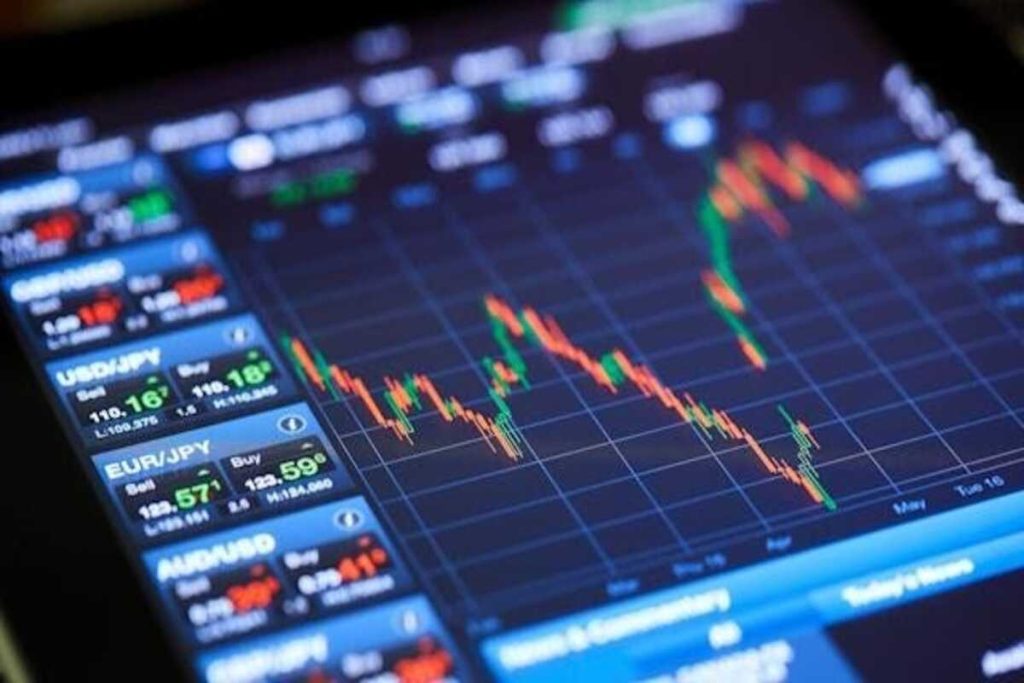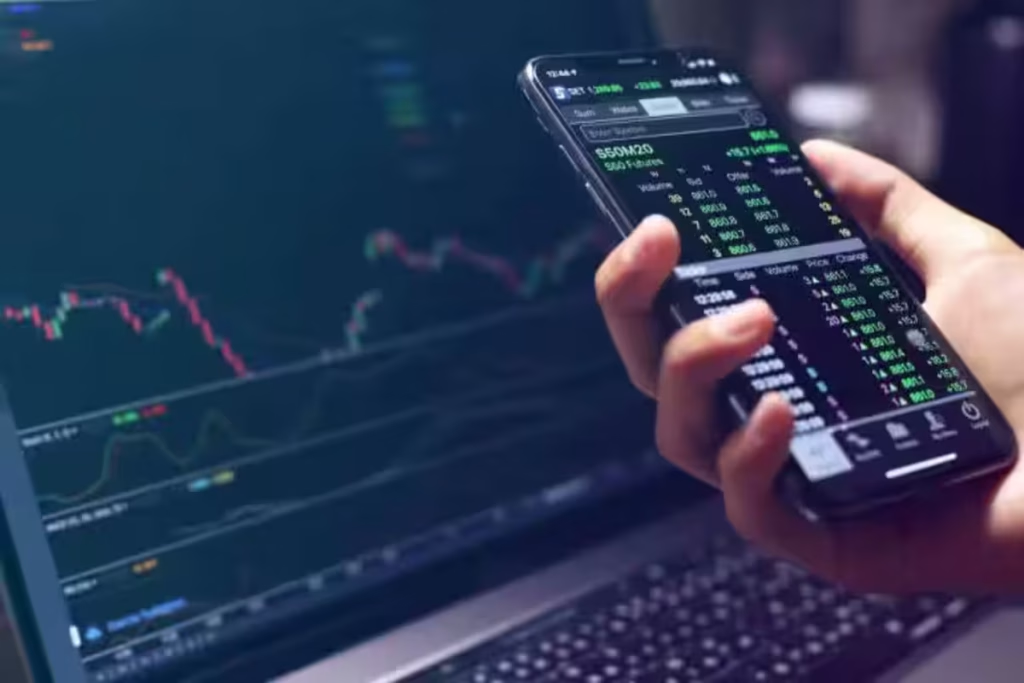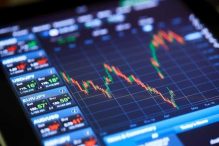
Types of Forex Orders: A Comprehensive Guide
11/07/2024
Types of Forex Orders: A Comprehensive Guide
12/07/2024Setting Up a Forex Trading Account: A Comprehensive Guide
Introduction to Forex Trading Accounts
Setting up a Forex trading account is a crucial first step for anyone looking to participate in the foreign exchange market. A Forex trading account allows you to buy and sell currencies, access trading platforms, and leverage various tools to make informed trading decisions. This comprehensive guide will walk you through the process of setting up a Forex trading account, covering everything from choosing the right broker to understanding account types, verification processes, and essential trading tools. Whether you’re a novice or an experienced trader, this article will provide valuable insights to help you get started.

Choosing the Right Forex Broker
The first step in setting up a Forex trading account is choosing a reputable broker. A broker serves as an intermediary between you and the Forex market, providing the platform and tools needed for trading. Here are key factors to consider when selecting a broker:
Regulation and Security
Ensure the broker is regulated by a reputable financial authority, such as the Financial Conduct Authority (FCA) in the UK, the Commodity Futures Trading Commission (CFTC) in the US, or the Australian Securities and Investments Commission (ASIC). Regulation provides a level of security and protection for your funds, ensuring the broker adheres to strict financial and operational standards.
Trading Platform and Features
Evaluate the broker’s trading platform for ease of use, reliability, and available features. Popular trading platforms include MetaTrader 4 (MT4), MetaTrader 5 (MT5), and cTrader. Look for platforms that offer real-time market data, advanced charting tools, technical indicators, and various order types.
Spreads and Commissions
Compare the spreads and commissions charged by different brokers. Lower spreads and commissions can reduce your trading costs and increase profitability. Some brokers offer commission-free trading with slightly wider spreads, while others charge a commission with tighter spreads.
Leverage and Margin Requirements
Check the leverage ratios offered by the broker and the corresponding margin requirements. Ensure the leverage levels align with your trading strategy and risk tolerance. Be aware that higher leverage increases the potential for significant gains and losses.
Customer Support
Assess the quality of customer support provided by the broker. Responsive and knowledgeable customer support can assist you with any issues or questions. Look for brokers that offer multiple support channels, such as live chat, email, and phone support.
Account Types and Minimum Deposits
Review the different account types available and their respective features, such as minimum deposit requirements, leverage options, and additional services. Choose a broker that offers account types that suit your trading needs and financial situation.
Educational Resources
Reputable brokers provide educational resources to help traders improve their skills and knowledge. Look for brokers that offer webinars, tutorials, articles, and demo accounts. These resources can be invaluable for both beginners and experienced traders.
Understanding Different Types of Forex Accounts
Forex brokers typically offer several types of trading accounts to cater to different trading styles and experience levels. Understanding the different account types will help you choose the one that best suits your needs.
Demo Account
A demo account allows you to practice trading with virtual money without risking real capital. It provides access to the broker’s trading platform and tools, enabling you to familiarize yourself with the trading environment and test your strategies. Demo accounts are ideal for beginners and experienced traders who want to refine their skills.
Standard Account
A standard account is the most common type of Forex trading account. It requires a minimum deposit and offers standard lot sizes (100,000 units of the base currency). Standard accounts typically provide access to leverage, competitive spreads, and a wide range of trading instruments.
Mini Account
A mini account is designed for traders who want to start with a smaller initial investment. It allows trading in mini lots (10,000 units of the base currency), reducing the risk exposure. Mini accounts are suitable for beginners and those with limited capital.
Micro Account
A micro account allows trading in micro lots (1,000 units of the base currency). It requires a minimal initial deposit and offers lower risk exposure compared to standard and mini accounts. Micro accounts are ideal for novice traders and those who want to test their strategies with minimal risk.
ECN Account
An ECN (Electronic Communication Network) account provides direct access to the interbank market, where multiple liquidity providers offer competing quotes. ECN accounts typically offer tighter spreads, faster execution, and lower latency. They may charge a commission on trades and require a higher minimum deposit. ECN accounts are suitable for experienced traders who require deep liquidity and competitive pricing.
Islamic Account
An Islamic account, also known as a swap-free account, complies with Sharia law by eliminating interest payments on overnight positions. This type of account is designed for Muslim traders who wish to adhere to Islamic principles. Islamic accounts may have different fee structures to compensate for the lack of swap charges.

The Account Opening Process
Once you have chosen a reputable broker and selected the appropriate account type, the next step is to open your Forex trading account. The account opening process typically involves the following steps:
Registration
Visit the broker’s website and complete the online registration form. You will be required to provide personal information, such as your name, address, email, phone number, and date of birth. Some brokers may also ask for financial information, such as your annual income and trading experience.
Account Verification
To comply with regulatory requirements, brokers must verify your identity and address. This process, known as Know Your Customer (KYC), involves submitting identification documents, such as a government-issued ID (passport, driver’s license, or national ID card) and proof of address (utility bill, bank statement, or rental agreement). The verification process ensures the security of your account and helps prevent fraud and money laundering.
Funding Your Account
Once your account is verified, you can fund it using your preferred payment method. Brokers typically offer various deposit options, including bank transfers, credit/debit cards, and electronic wallets (PayPal, Skrill, Neteller). Ensure you understand the minimum deposit requirements and any fees associated with your chosen payment method.
Downloading and Setting Up the Trading Platform
After funding your account, download and install the broker’s trading platform. Follow the instructions provided by the broker to set up the platform and log in using your account credentials. Familiarize yourself with the platform’s features, tools, and navigation to ensure a smooth trading experience.
Essential Trading Tools and Features
A Forex trading account provides access to various tools and features that can enhance your trading experience. Understanding and utilizing these tools effectively can help you make informed decisions and improve your trading performance.
Real-Time Market Data
Access to real-time market data is crucial for making timely trading decisions. Trading platforms provide live price quotes, charts, and news feeds, allowing you to stay updated on market movements and economic events.
Advanced Charting Tools
Charting tools help you visualize price movements and identify trends, patterns, and key levels. Trading platforms offer a range of chart types (line, bar, candlestick) and time frames (minute, hourly, daily, weekly). Utilize technical indicators (moving averages, RSI, MACD) and drawing tools (trend lines, Fibonacci retracement) to conduct thorough market analysis.
Order Types
Understanding different order types is essential for effective trade execution and risk management. Common order types include:
- Market Orders: Execute a trade immediately at the current market price.
- Limit Orders: Execute a trade at a specified price or better.
- Stop Orders: Execute a trade once the price reaches a specified level.
- Trailing Stop Orders: Adjust the stop price as the market price moves in your favor, locking in profits while minimizing losses.
Risk Management Tools
Risk management tools help you protect your capital and manage your exposure. Use stop-loss and take-profit orders to automatically close positions at predetermined price levels, limiting potential losses and securing profits. Position sizing tools can help you determine the appropriate trade size based on your risk tolerance and account balance.
Economic Calendar
An economic calendar lists upcoming economic events, such as interest rate decisions, employment reports, and GDP releases. These events can significantly impact currency prices. Stay informed about key events and their potential market impact to make informed trading decisions.
Automated Trading
Automated trading, also known as algorithmic trading, involves using pre-programmed trading strategies to execute trades automatically. Trading platforms like MT4 and MT5 support expert advisors (EAs), which are custom algorithms that can analyze market conditions and execute trades based on predefined criteria. Automated trading can help remove emotional biases and ensure consistent strategy implementation.
Developing a Trading Plan
A well-defined trading plan is essential for long-term success in Forex trading. It provides a structured approach to trading and helps you stay disciplined and focused. Here are key components of a trading plan:
Setting Goals
Define clear and achievable trading goals, such as daily or monthly profit targets, risk tolerance, and performance metrics. Your goals should be specific, measurable, attainable, relevant, and time-bound (SMART).
Choosing a Trading Strategy
Select a trading strategy that aligns with your goals, risk tolerance, and trading style. Common trading strategies include:
- Scalping: Involves making numerous short-term trades to capture small price movements.
- Day Trading: Involves opening and closing trades within the same day, capitalizing on intraday price movements.
- Swing Trading: Involves holding trades for several days to weeks, capturing medium-term price swings.
- Position Trading: Involves holding trades for weeks to months, focusing on long-term trends and fundamental analysis.
Risk Management
Establish risk management rules to protect your capital and minimize losses. Determine the maximum amount of capital you are willing to risk on each trade (e.g., 1-2% of your account balance) and set stop-loss and take-profit levels accordingly. Diversify your trades to spread risk across multiple currency pairs and avoid overexposure to a single position.
Record Keeping
Maintain a trading journal to track your trades, including
entry and exit points, position sizes, and the reasons for taking each trade. Analyze your trading history to identify patterns, strengths, and areas for improvement. Recording your trades helps you learn from your successes and mistakes, refining your trading strategy over time.
Continuous Learning and Improvement
Forex trading is a dynamic and ever-evolving field. Continuous learning and improvement are essential for staying competitive and achieving long-term success. Here are some ways to enhance your trading skills and knowledge:
Education and Training
Take advantage of the educational resources provided by your broker, such as webinars, tutorials, articles, and demo accounts. Additionally, consider enrolling in online courses or attending trading seminars to deepen your understanding of Forex trading concepts and strategies.
Market Analysis
Stay informed about global economic and geopolitical events that can impact currency prices. Conduct regular market analysis using both technical and fundamental approaches to identify trading opportunities and refine your strategies.
Networking and Mentorship
Connect with other traders through online forums, social media, and trading communities. Networking with experienced traders can provide valuable insights and feedback. Consider finding a mentor who can guide you and help you navigate the challenges of Forex trading.
Psychological Discipline
Developing psychological discipline is crucial for successful trading. Learn to manage emotions such as fear and greed, and stick to your trading plan even during periods of market volatility. Practice patience, perseverance, and self-control to maintain a consistent and disciplined approach to trading.
Conclusion
Setting up a Forex trading account is a critical step for anyone looking to participate in the foreign exchange market. By choosing a reputable broker, understanding different account types, and familiarizing yourself with essential trading tools and features, you can create a solid foundation for your trading journey. Developing a well-defined trading plan, implementing effective risk management practices, and continuously improving your skills and knowledge will enhance your trading performance and increase your chances of long-term success. With this comprehensive guide, you are now equipped with the knowledge to set up and manage a Forex trading account effectively, paving the way for a rewarding trading experience.
-
Setting Up a Forex Trading Account: A Comprehensive Guide
Setting Up a Forex Trading Account: A Comprehensive Guide Introduction to Forex Trading Accounts Setting up a Forex trading account is a crucial first step for […]




